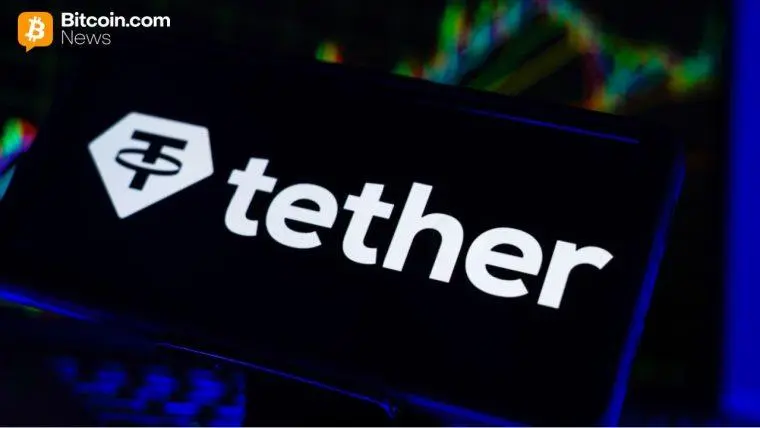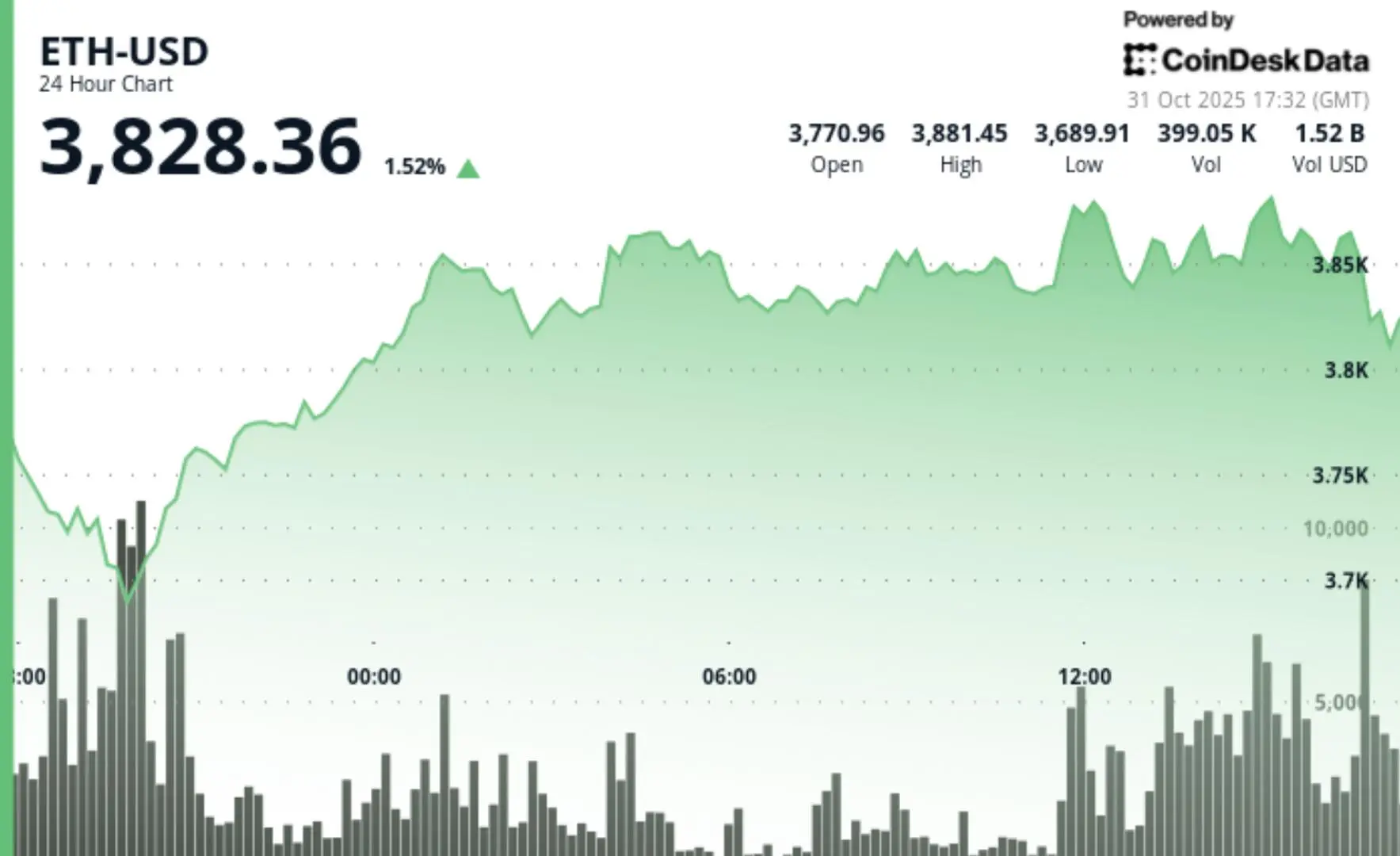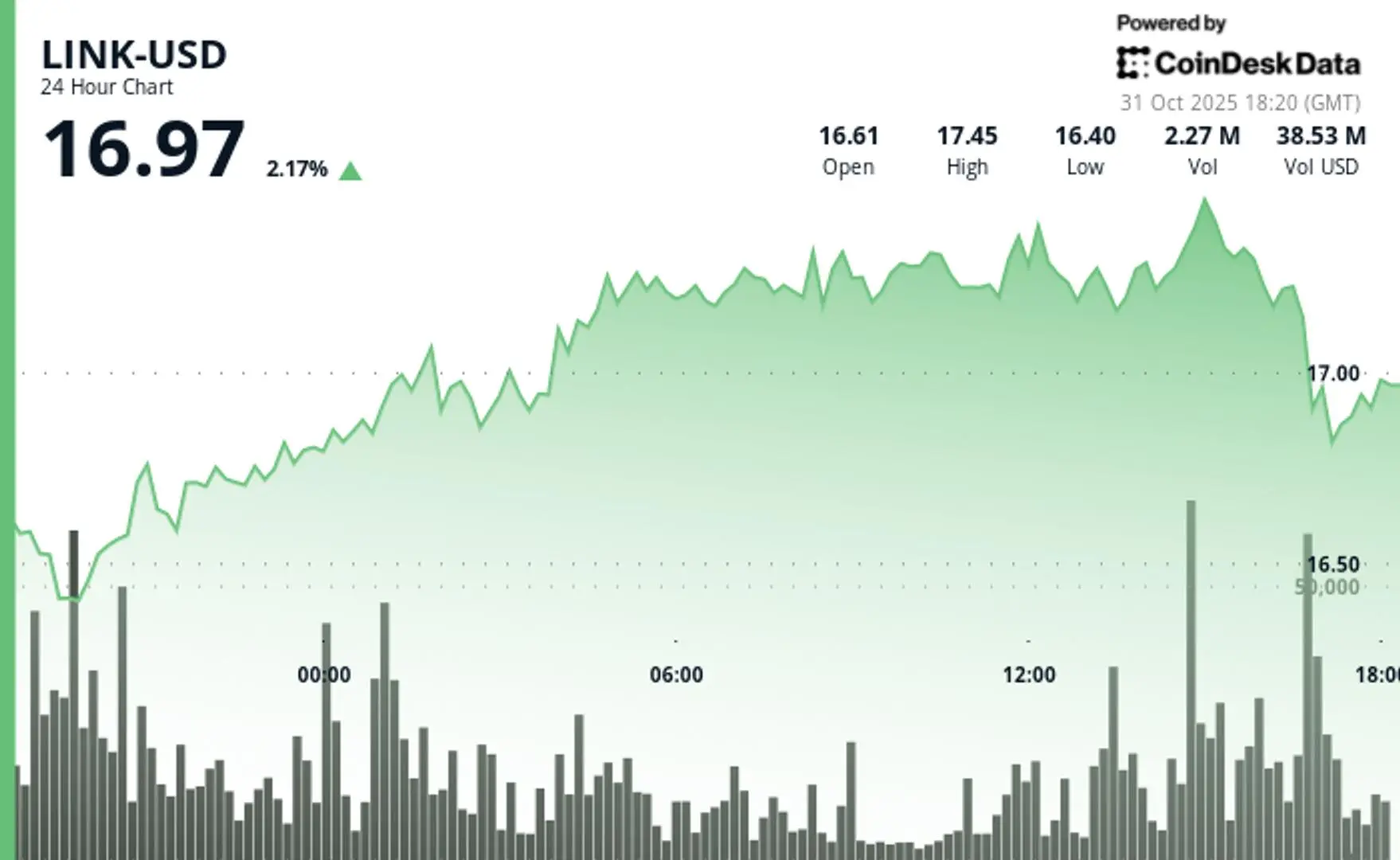This article is reprinted with permission from Bitpush, and the copyright belongs to the original author.
If we consider 2020–2022 as the "trial phase" and 2023–2024 as the "exploration phase," then the landscape of stablecoins in 2025 has already entered the "full speed ahead" stage.
The development speed has far exceeded expectations: the annual transfer volume of stablecoins has skyrocketed from a negligible $3.3 billion in 2018 to $18.4 trillion in 2024.
This figure not only marks its transformation from a niche experiment into a global payment backbone but also signifies that it has surpassed the annual processing scale of traditional payment giants Visa ($15.7 trillion) and Mastercard ($9.8 trillion).
In the past month, several landmark events have pushed this narrative to the forefront:
Citi has officially partnered with Coinbase to expand digital asset payment capabilities for institutional clients;
Nine major European banks have formed a consortium for a euro stablecoin, expected to launch in 2026;
Western Union announced the launch of the USDPT stablecoin on Solana in 2026, issued and custodied by Anchorage Digital Bank;
Visa disclosed its expansion of settlement support for four stablecoins across four new chains;
On the capital front, according to Fortune magazine, Mastercard plans to acquire the stablecoin/crypto infrastructure company Zero Hash for $1.5–2 billion, and earlier had engaged in a bidding war with Coinbase over the acquisition of BVNK.
Putting these pieces together reveals a clear trend: in the race for future financial dominance, traditional financial giants are unwilling to fall behind and are pushing their core businesses—from payment networks to cross-border settlements—toward a fully on-chain programmable system.
As traditional banks begin to embrace digital assets, they find themselves facing two different paths: stablecoins and tokenized deposits.
Initially, Citi CEO Jane Fraser expressed that she valued tokenized deposits more than the popular stablecoins on the market. This is not to say that stablecoins are bad, but because tokenized deposits are more "comfortable" for banks:
Tokenized deposits (the bank's "internal" track): Banks like it because it essentially turns the money customers have deposited in the bank into digital tokens. It's like giving existing bank accounts a digital pass. It operates entirely under the watchful eyes of existing regulatory bodies (like central banks), is very safe and compliant, and can seamlessly integrate into the traditional banking clearing system, allowing banks to settle funds 24/7 without interruption. For banks, this is the option with the least friction and the most regulatory comfort.
But merely having the bank's own "internal track" is not enough.
Stablecoins (the bank's "external" track): Banks also realize that if they want to connect with the entire crypto world and those popular "public chains" (like Ethereum), they must use stablecoins. These stablecoins act as the universal currency of the crypto world.
Therefore, Citi's actions appear very clever: while expressing a preference for tokenized deposits, it quickly announced a partnership with Coinbase.
The ultimate goal of this dual approach is singular: regardless of whether the future funding network is based on public chains or the banking system, traditional banks must master both types of "digital money" to continue being the core "trust and clearing center" in the new financial system.
In Europe, nine banks (UniCredit, ING, Banca Sella, KBC, Danske, DekaBank, SEB, CaixaBank, Raiffeisen) are jointly promoting a euro stablecoin, establishing a company in the Netherlands and applying for an electronic money institution license under MiCA, with plans to launch as early as the second half of 2026. This design emphasizes "compliance, 1:1 reserves, and usability on public chains," with the straightforward goal of creating a local digital payment track in Europe to hedge against the spillover effects of dollar stablecoins in the European payment environment. From the expression to the organizational structure, this is a "bank-led, public chain ecosystem benchmarking" infrastructure battle.
Unlike traditional banking giants focusing on internal "clearing-settlement" efficiency upgrades, the established cross-border remittance giant Western Union views stablecoins as a core upgrade to its business—cross-border retail remittances.
Western Union is one of the largest cross-border remittance companies globally, and its strong advantage lies not in sophisticated financial technology but in its vast network of physical locations worldwide. Especially in developing countries, it controls the "last mile" of converting funds from digital form to physical cash, serving as a lifeline for many unbanked users to access funds.
Western Union's strategic goal is very clear: to turn stablecoins into the "highway" for its remittance channels and combine them with its strong cash network to form a smooth closed loop.
Choosing the channel: Western Union has chosen to collaborate with Anchorage Digital Bank to issue the USDPT stablecoin and selected the Solana public chain as its operating network. The key to choosing Solana lies in its high throughput and extremely low fees, which are crucial for high-frequency, low-value retail remittances.
Building the network: The company has simultaneously launched the Digital Asset Network, aiming to create a seamless closed loop for the entire process: external wallet → stablecoin remittance → local cash withdrawal/deposit.
Meeting user needs: For users in developing countries who rely on cash, their concerns are not whether the funds "are on the blockchain," but three core pain points: "Can it arrive instantly?", "Can I withdraw cash immediately at a nearby location?", and "Are the fees low?"
This is precisely where Western Union excels: it hides the complexity of financial infrastructure behind the scenes, leveraging the efficiency advantages of stablecoins and public chains to serve its cash-intensive scenarios, solidifying its position in the global retail remittance market.
Compared to the traditional clearing systems of banks and Western Union's cash network, Visa and Mastercard are accelerating the integration of stablecoins from the perspective of a global payment network, but they are taking different routes:
- Visa: Transforming into a "multi-chain clearing router"
Visa's statements and strategies increasingly resemble those of a "multi-chain clearing network operator." In this fiscal year, Visa has added settlement support for four public chains and four stablecoins, with these on-chain funds convertible into over 25 fiat currencies.
Visa emphasized in its financial report that card transactions linked to stablecoins have surged year-on-year. This indicates that its core capability lies in "connecting tracks": it is leveraging its vast card network to act as a router between traditional bank accounts and on-chain digital funds, allowing banks, merchants, and ordinary wallet users to seamlessly conduct cross-chain settlements.
- Mastercard: Acquiring time through "lightning acquisitions"
In contrast to Visa's "connection" strategy, Mastercard's capital moves appear more aggressive and direct:
It plans to spend $1.5–2 billion to acquire Zerohash, quickly filling in its backend technology puzzle in stablecoin/crypto settlement. Following that, Mastercard was also reported to be in deep discussions with Coinbase to acquire BVNK, with rumored prices reaching $2–2.5 billion.
Mastercard's route is to acquire infrastructure to gain time in the "on-chain payment main track." Compared to lengthy internal development, acquisitions can quickly internalize core capabilities such as compliance custody, wallet routing, fund anchoring and redemption, and on-chain risk control, and then rapidly push them to its global issuing banks, acquiring banks, and merchant networks.
Both card organizations have pinpointed the core position of stablecoins in future payments, but Visa excels at connecting, while Mastercard tends to quickly control infrastructure.
Although global giants are racing ahead in the stablecoin arena, this path is littered with significant challenges that remain unresolved. For banks and card organizations, the biggest challenge is not the technology itself, but how to tackle these non-technical "roadblocks."
- The "invasion" of dollar stablecoins
The global expansion of stablecoins directly touches on the most sensitive nerve of governments: monetary sovereignty.
Imagine if dollar stablecoins began to dominate the daily payments of a small country; it would effectively weaken the central bank's ability to manage the economy. This phenomenon of "digital dollarization" is bound to provoke strong backlash from local regulators.
This is why Europe has chosen a controlled path—they prefer to promote stablecoins of their own currency (like the euro) and collaborate with local banking alliances to ensure that monetary control does not easily slip away.
- The pressure test of "trust": on-chain robustness
To transfer the "bank-grade robustness" of finance onto the blockchain, issuers and clearing parties must always be prepared to face trust crises and technical attacks:
Run on the bank and reserves: Can the stablecoin withstand pressure in the event of large-scale redemptions (i.e., a run on the bank)?
On-chain crises: The platform must withstand a series of technical and operational risks, including liquidity shortages, fluctuations in reserve assets, network congestion, and hacker attacks.
- Real-world hurdles: the compliance quagmire of "cash"
For Western Union, which focuses on converting digital funds into physical cash (the "last mile"), incorporating on-chain efficiency into everyday adoption scenarios requires overcoming numerous legal obstacles: Western Union must simultaneously meet strict anti-money laundering (AML) requirements, complex foreign exchange management regulations, and apply for operational licenses across multiple jurisdictions in every country it operates.
Therefore, to build a global digital financial network, the complexity of compliance engineering and operational management far exceeds the technical integration of "connecting a few chains." This is the fundamental reason why giants like Visa, Mastercard, and Citi choose to "band together for warmth" or "spend money on acquisitions"—they cannot tackle these harsh non-technical barriers alone.
Looking at the news from the past month together, the essence of the stablecoin wave is not a victory for the crypto camp, but a silent revolution in financial infrastructure.
When "accounts + stablecoins" become a parallel structure, users almost no longer perceive the boundary between "on-chain/off-chain," only seeing faster arrivals, lower fees, and a more stable experience.
At this point, the competition returns to familiar variables: network scale, fee rate curves, merchant expansion, risk control, and compliance execution capabilities. This is why traditional finance chooses not to stand by in Q4 of 2025.
Related: As fintech companies' interest in cryptocurrencies heats up, Revolut launches a 1:1 exchange service for dollars and stablecoins.
Original article: “Giants Draw Their Swords, The Final Battle for Stablecoins!”
免责声明:本文章仅代表作者个人观点,不代表本平台的立场和观点。本文章仅供信息分享,不构成对任何人的任何投资建议。用户与作者之间的任何争议,与本平台无关。如网页中刊载的文章或图片涉及侵权,请提供相关的权利证明和身份证明发送邮件到support@aicoin.com,本平台相关工作人员将会进行核查。




